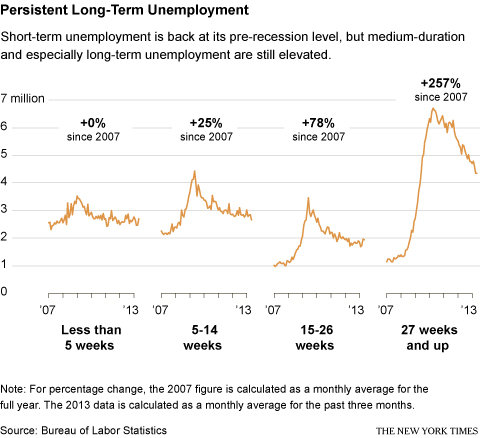Fashioning Change
A social entrepreneur tries to change the way people shop.
I recently had a conversation with a man from Spain whose wife runs an e-commerce company that is based here in the United States but serves the Spanish market. The business sells car accessories. He was telling me about a time when she ran out of a particular item and called up her competitors, who supplied the inventory she was missing.
Not only did they supply the inventory, they declined to charge her for it. And it was understood that she would return the favor someday. I asked him if this kind of cooperation — sometimes known as coopertition — was unique to his wife and the competitor or a common practice in Spain. He said that working with a competitor is not uncommon in Spain. In fact, he said, he finds it weird that businesses in the United States do not try it more often.
I’m friendly with some of my company’s competitors and reach out to them every six months or so to see how they are doing, to discuss challenges, and to see how Fashioning Change might be of help. The conversation I had with the Spanish owner reminded me that I had been wanting to get several of the other “shopping for good” marketplaces on a call together to discuss the landscape, to review opportunities to work together and to see what we might do together to help sustainable and fairly made clothing brands.
Because my company provides a platform for sales of emerging brands, it is important to me to make sure they understand the risks they take when they start discounting aggressively. I’ve chatted with some of these brands, and, of course, they understand the need to build their brand identities. But there are also times when they feel the need to clear inventory so they can go back to their fair-trade factories and produce another collection that will feed their workers’ families.
While this approach is understandable, I fear it can damage a business model. And this is what I wanted to discuss with the owners of other social marketplaces. I thought that we could talk about how to help these emerging brands. And that’s why I sent an e-mail to three chief executives in my industry. I heard back from only one — after the date of the proposed call. We set two dates to speak, and I was stood up both times. I know the e-mails were received by the other two chief executives because I spoke on a panel with one of them, where he acknowledged that he owed me an e-mail, and because the other has made multiple visits to Fashioning Change since the e-mail was sent out.
Personally, I believe there is more to be gained from building friendly bridges than working in opposition. The majority of online shoppers buy products that are not made fairly or sustainably. There is much social justice (and profit) that can be achieved by four companies with overlapping visions that work together — especially if we take market share from the thousands of e-commerce companies selling goods that are mass-produced in sweatshops with little concern for the workers or the environment.
The chief executives I reached out to are all running social ventures. For Fashioning Change, operating in this space means we pursue the so-called triple bottom line: people, planet and profit. As a result, we often do things that typical companies may perceive as crazy. When I first suggested reaching out to our competitors, Kevin, my co-founder, was skeptical but hopeful that the other companies would respond.
Given our experience, I’m wondering if coopertition in the United States is a pipe dream. What do you think? Have you tried anything like this with a competitor? If one of your competitors approached you, would you be open to the concept?
Adriana Herrera is chief executive of Fashioning Change. You can e-mail her at adrianah@fashioningchange.com, and you can follow her on Twitter at @Adriana_Herrera.
Article source: http://boss.blogs.nytimes.com/2013/07/12/my-competitors-dont-seem-interested-in-coopertition-2/?partner=rss&emc=rss


